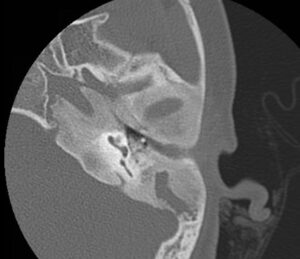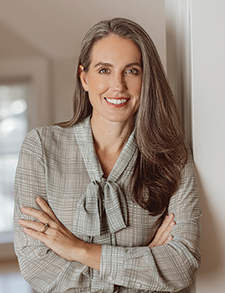There are some ethical considerations in using a holistic approach to otolaryngology care, including privacy issues, inappropriate lifestyle interventions for a given patient, autonomy and informed consent, and cultural sensitivities.


There are some ethical considerations in using a holistic approach to otolaryngology care, including privacy issues, inappropriate lifestyle interventions for a given patient, autonomy and informed consent, and cultural sensitivities.

Laryngology enables Dr. Syamal to apply her love of engineering, fluid dynamics, and the physics of vibrations to the clinical pathology and ENT disease conditions she treats.

Accord-ing to a 2021 Laryngoscope article, “Gender-Based Pay Discrimination in Otolaryngology,” “female otolaryn-gologist are paid 77 cents on the dollar compared to their male colleagues.

Raising concerns about pay equity is a legally protected activity—employers cannot retaliate against you for bringing these issues forward.

The Resident Bowl team is collecting questions for the annual Resident Bowl happening at the 2025 Triological Society Combined Sections Meeting, January 23-25, in Orlando, Fla.

When over-the-counter (OTC) hearing aids debuted two years ago, Justin S. Golub, MD, MS, an otology specialist and associate professor of otolaryngology – head and neck surgery at Columbia University in New York, was enthusiastic.

When otolaryngologists leave clinical practice to pursue other vocations, the reasons for making the move vary, as do the factors that might have prevented the transition.

Parental leave policies that include both parents regardless of gender and caregiver status make a cultural statement on the importance of family bonding during the early days of parenthood, provide financial security for families, increase maternal and infant health and well-being, and have the potential to improve gender equity in the workplace.
Can benign vascular anomalies transform into highly malignant angiosarcoma (AS), and is a more aggressive biopsy/surgical approach warranted in certain cases of these anomalies?
Can benign vascular anomalies transform into highly malignant angiosarcoma (AS), and is a more aggressive biopsy/surgical approach warranted in certain cases of these anomalies?